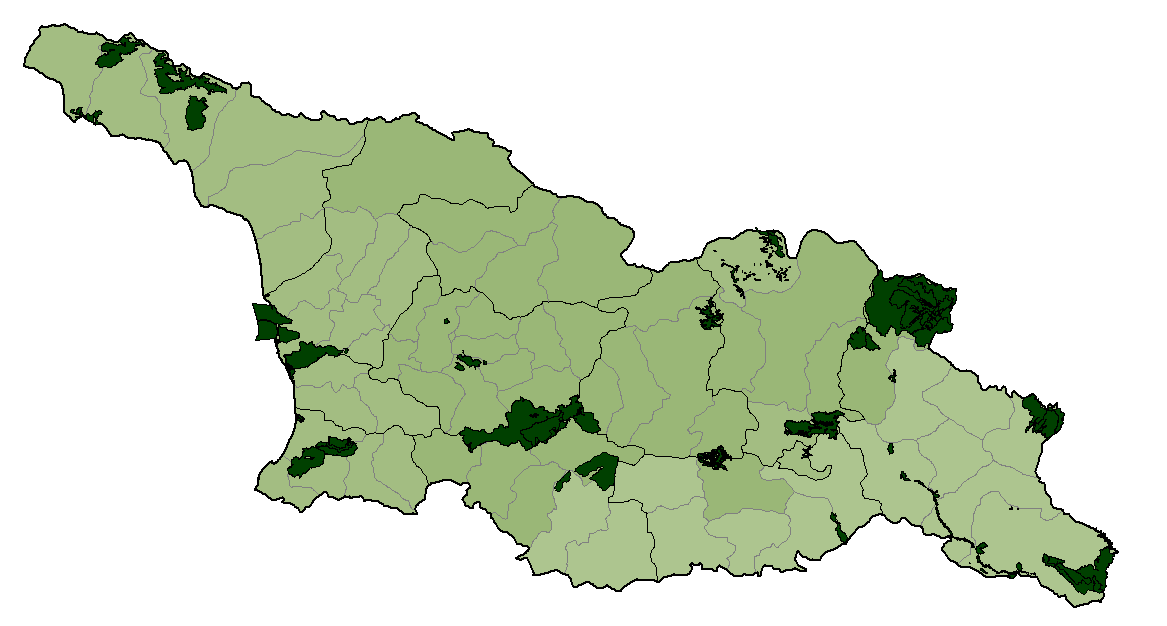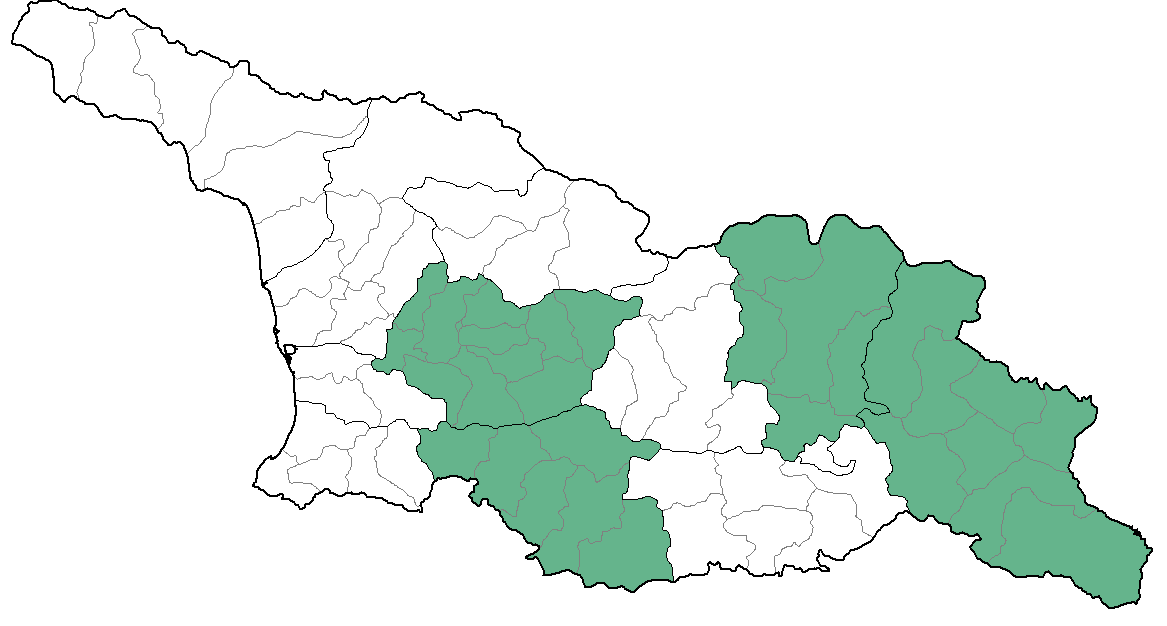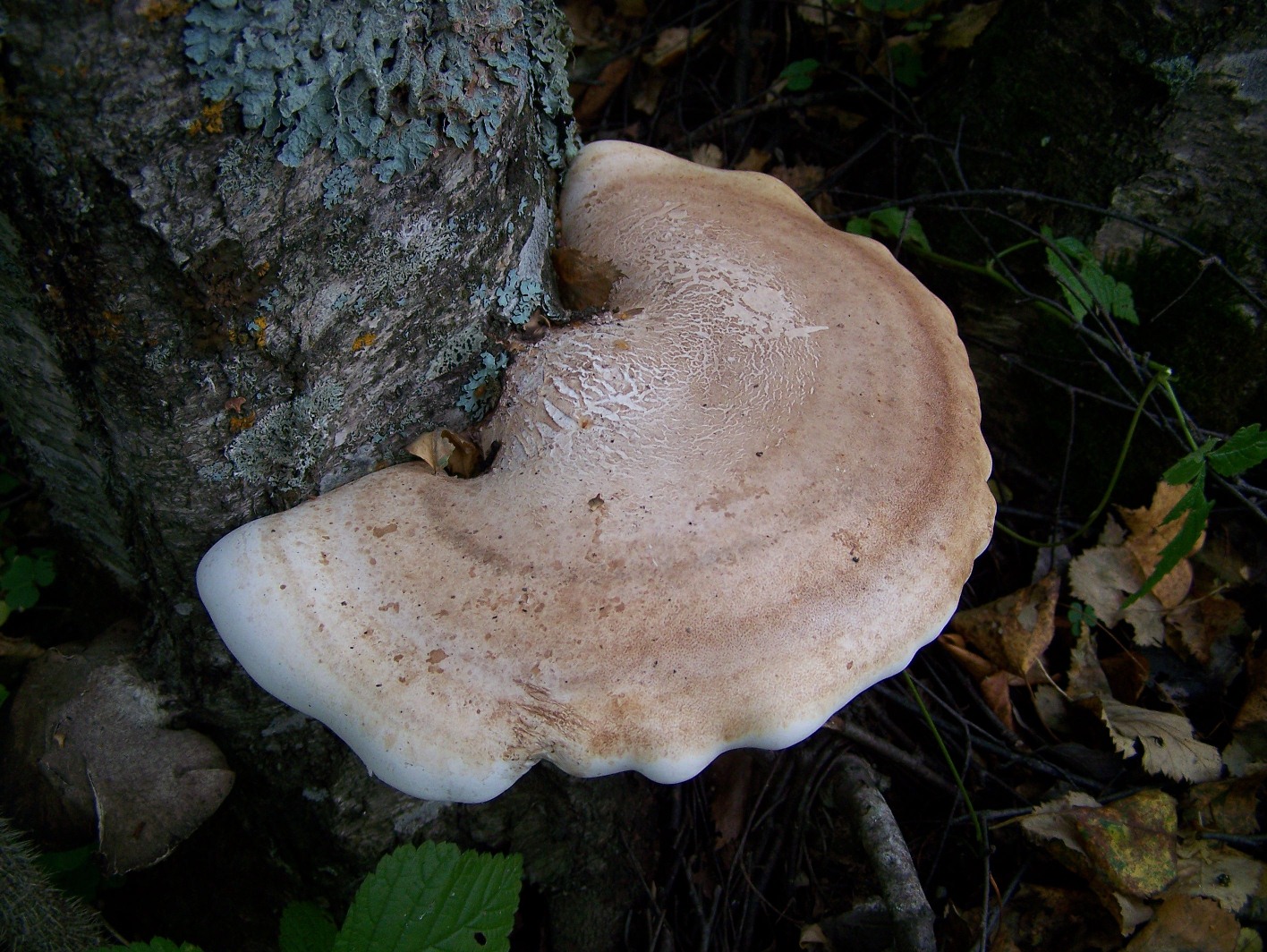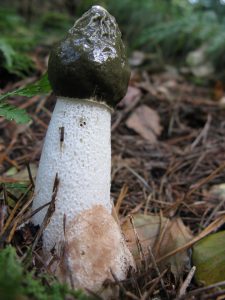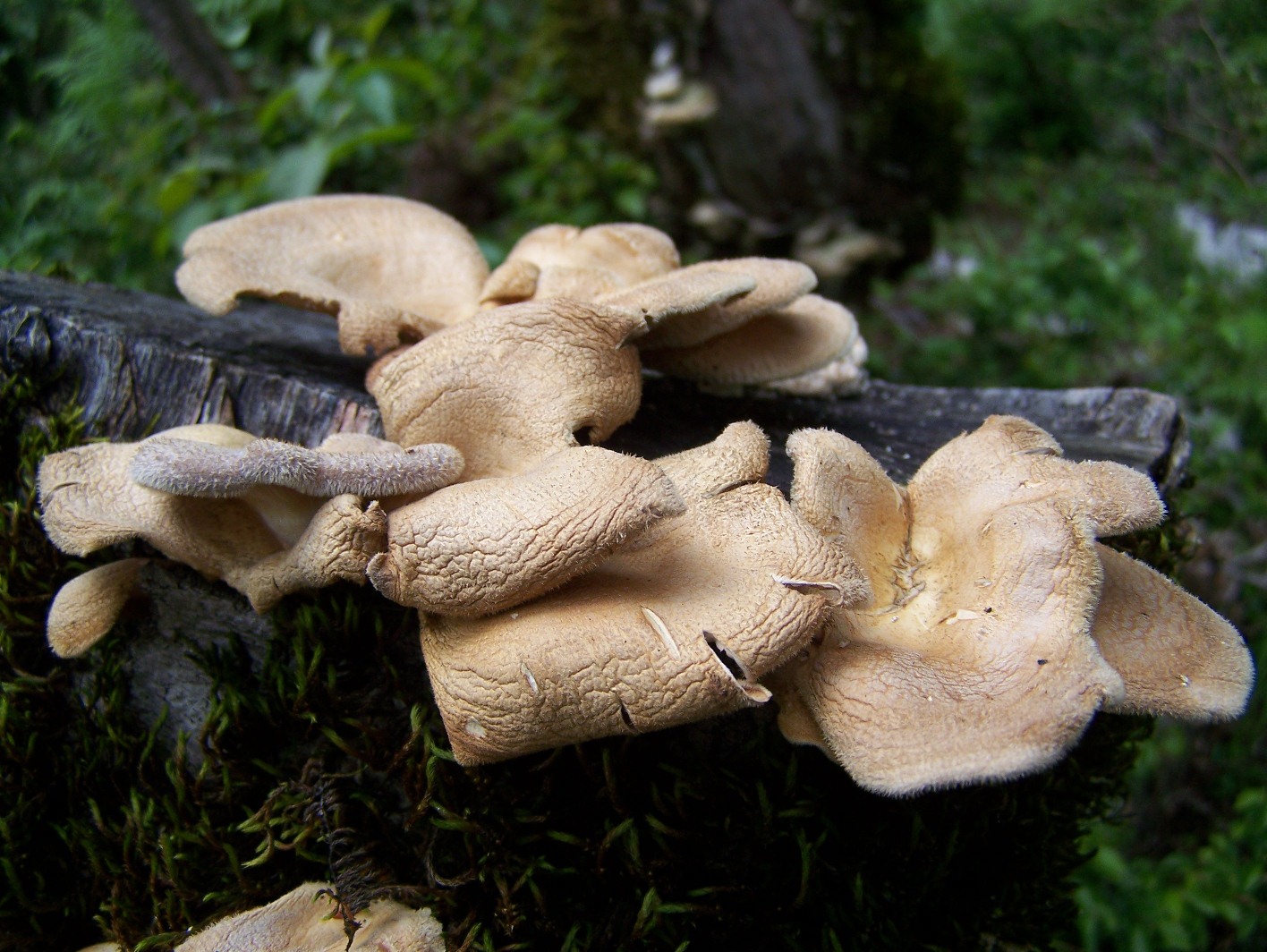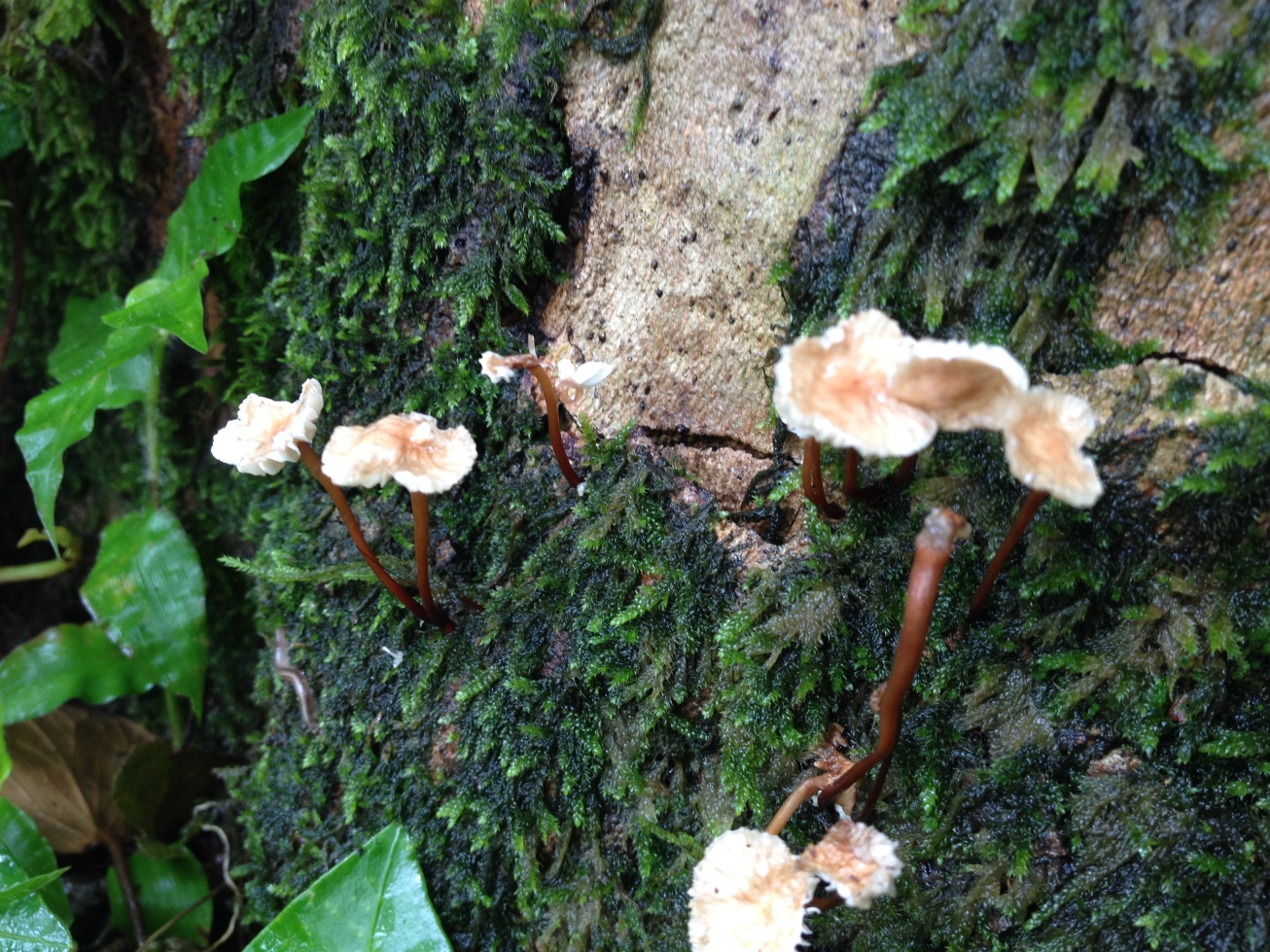ადგილობრივი სახელწოდება
ღვინიო (1), ღვინუე (ლეჩ.) (2).
აღწერა
ქუდი — 6–12 სმ-მდე დიამეტრის. თავდაპირველად ნახევარსფეროსებრი, შემდეგ — გაშლილი, დაღარული კიდეებით. შუაში მომწვანო-მონაცრისფრო ან მურა, კიდეებისკენ მონაცრისფრო-მოიისფრო-მოწითალო ელფერით. ფირფიტები ხშირი, ფართო, მოთეთრო ან ღია კრემისფერი. ფეხი — 5–10 სმ-მდე სიგრძის და 1–3 სმ-მდე სისქის, ცილინდრული, გლუვი, მოთეთრო, ზოგჯერ ღია იისფერი ელფერით. რბილობი — მკვრივი, მოთეთრო, ფეხში ბამბისებრი კონსისტენციის. სპორები — ელიფსური, ხორკლიანი ზედაპირით, 6.5–9 X 5.5–7 მკმ.
ჰაბიტატი — იზრდება ნიადაგზე, ფოთლოვან და შერეულ ტყეში, ზაფხულ–შემოდგომით.
გავრცელება — მთელ საქართველოში (3).
გამოყენება
საჭმელ სოკოდ ითვლება, საკვებად გამოიყენება როგორც ახალი, ისე დამწნილებული და გამშრალი (1).
იმერეთი — „მტრედიოს, ხახვილოს, ღვინიოს და წითლიოს, ერთად ვაგროვებთ და ერთად ვხრაკავთ ზეთში“ (4).
წყარო
1. ნახუცრიშვილი, ი. (2007) საქართველოს სოკოები. თბილისი: ბუნება პრინტი.
2. ღლონტი, ალ. (1974) ქართულ კილო-თქმათა სიტყვის კონა. თბილისი: განათლება.
3. ნახუცრიშვილი, ი., ყანჩაველი, ქ. და სხვ. (1986) საქართველოს სპოროვან მცენარეთა ფლორა (კონსპექტი). საქ. სსრ მეცნ. აკად., ნ. კეცხოველის სახ. ბოტანიკის ინ-ტი. – თბილისი: მეცნიერება (რუსულად).
4. ცარციძე, ნ. (2016) სოფ. სარეკი, საჩხერე.
Local Name
Ghvinio (1), Ghvinue (lechkh.) (2).
Description
Cap: The cap is 6–12 cm broad, convex when young, becoming broadly convex to flat with a shallow depression, dry or slightly moist, smooth, but often finely veined in radial patterns, pinkish purple to green or olive green or with these and other shades mottled, the margin usually not lined, the skin peeling about halfway to the center. Gills are attached or slightly running down the stem, close or nearly distant, not forking, or forking occasionally, white, when young soft, greasy, and flexible. Stem: The stem is 5–10 cm tall, 1–3 cm thick, white or whitish, but occasionally flushed with lilac, brittle, dry, smooth. Flesh: The flesh is white or whitish, brittle, thick, odor not distinctive, taste mild. Spores: The spores are 6.5–9 X 5.5–7 µm, elliptical, with isolated warts.
Habitat: On soils, in mixed woodland and leafy forests. Season: Summer, autumn.
Distribution: All regions of Georgia (3).
Uses
Edibility: Edible when fresh, dry and marinated (1).
Imereti — “We gather Mt’redio, Khakhvilo, Ghvinio and Ts’itlio together and then fry them in oil” (4).
References
1. Nakhutsrishvili, I.G. (2007) Fungi of Georgia. Tbilisi: Buneba Printi.
2. Ghlonti, A. (1974) Dictionary of the Georgian Dialects. Vol. I. Tbilisi: Ganatleba.
3. Nakhutsrishvili, I.G., et al. (1986) Flora of Spore-producing Plants of Georgia (Summary). Tbilisi: Metsniereba (Russian).
4. Tsartsidze, N. (2016) Vlg. Sareki, Sachkhere.

